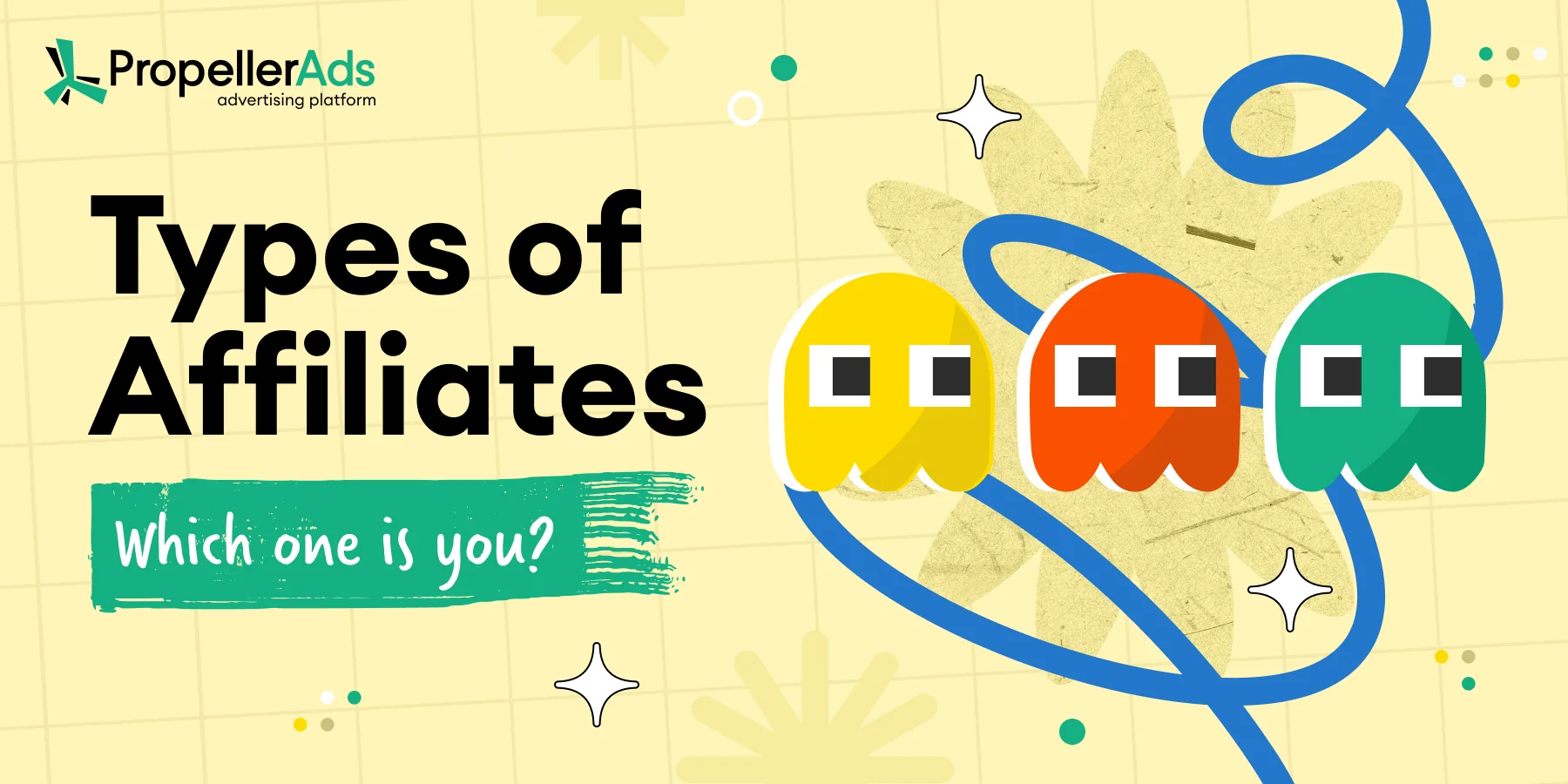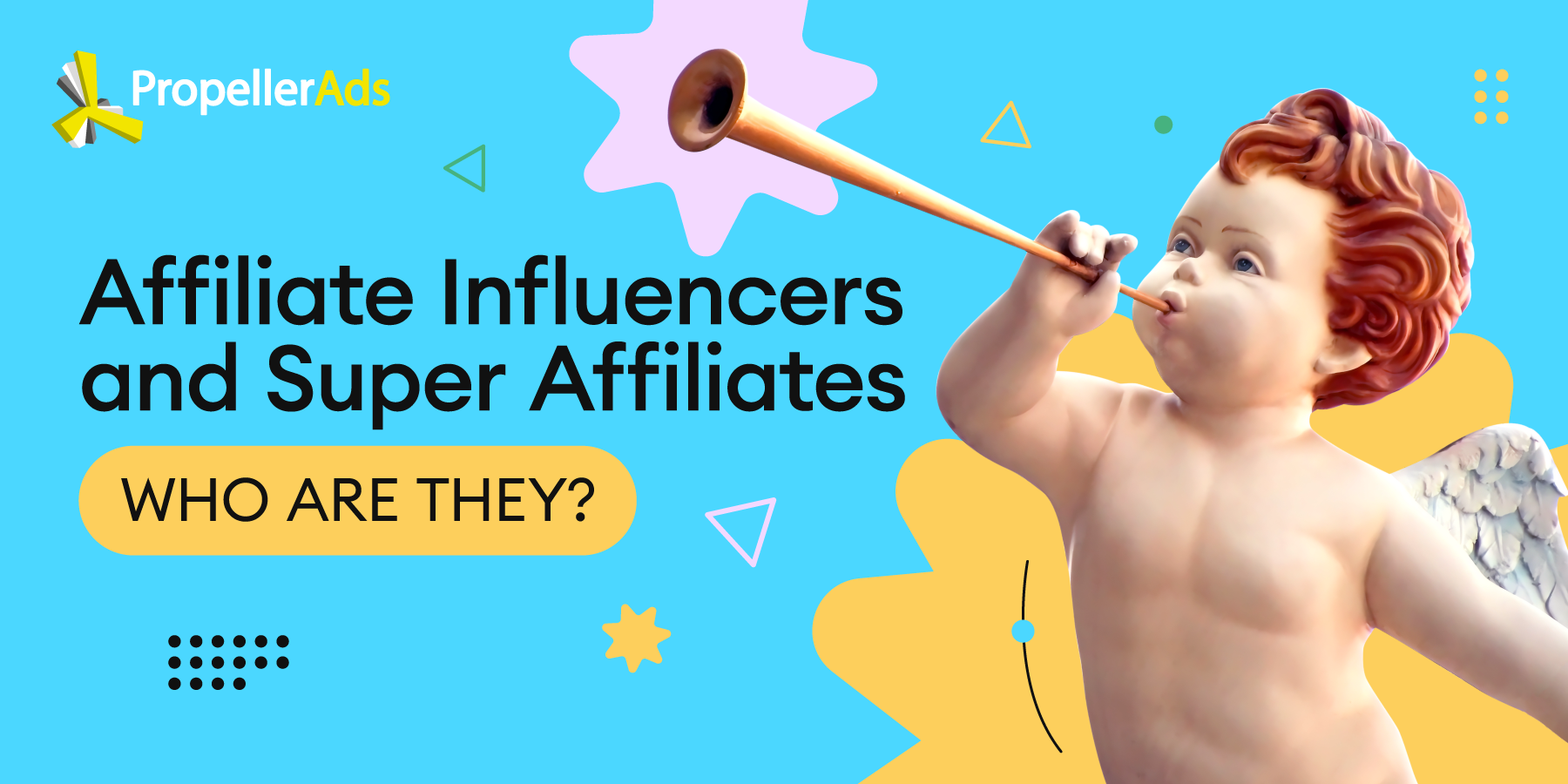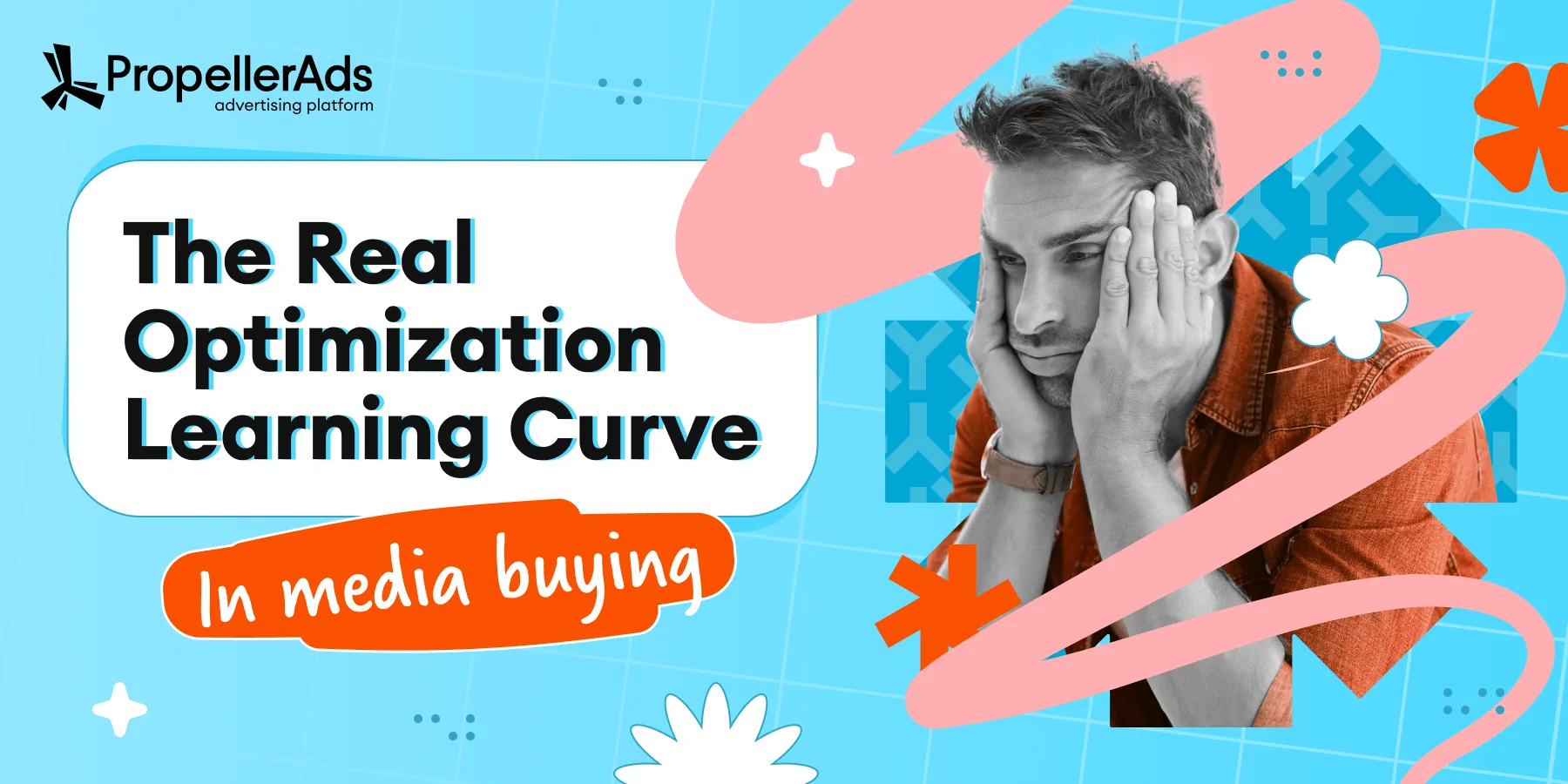Types of Affiliates: Which One Is You?

Affiliate marketing is one of the most flexible and creative ways to make money online. And it’s no surprise that different types of affiliates have emerged – each with their own strategies, skills, and strengths. So many affiliates, so many styles…
In this article, we’ll break down the most common types of affiliates, explore what they do, how they promote offers, and what kind of results they aim for. Whether you’re just starting out or already running profitable campaigns, this guide will help you pinpoint where you stand – and maybe even inspire your next move.
What Are the 3 Main Types of Affiliates?
Let’s start with a popular classification: the three main types of affiliates most often referenced in the industry.
1. Content Affiliates (aka Organic Masters)
These affiliates focus on building content-rich websites, YouTube channels, or blogs that attract organic traffic from Google, YouTube, or other search platforms.
What they do:
- Write reviews, comparisons, tutorials
- Build SEO-focused sites
- Use affiliate links within high-value content
Example: A blogger who writes “Best VPNs for Traveling Abroad” and includes affiliate links to multiple providers.
Good at: Long-term brand building, passive income, evergreen offers.
2. Paid Traffic Affiliates (aka Media Buyers)
These are the performance-driven marketers who run campaigns on platforms like PropellerAds, Google Ads, Facebook, or native ads. They focus on paid channels and optimize traffic based on ROI.
What they do:
-
- Run CPA/CPI offers at scale
-
- Test ad creatives and landing pages
-
- Track everything via postbacks and smartlinks
Example: A solo media buyer running push ad campaigns on PropellerAds to promote sweepstakes or mobile installs.
Good at: Fast scaling, high-volume offers, aggressive testing.
3. Influencer Affiliates (aka Social Sellers)
These affiliates use their social media presence – TikTok, Instagram, YouTube Shorts, Telegram channels – to promote offers directly to their audience.
What they do:
- Share promo codes, product demos, or shoutouts
- Use affiliate links in bios, comments, or swipe-ups
- Leverage trust and engagement to drive clicks
Example: A micro-influencer on TikTok reviewing trending health gadgets with affiliate links in bio.
Good at: Working with niche audiences, have viral potential and high engagement.
Beyond the Big 3: Other Types of Affiliates
While the three types above are a great starting point, affiliate marketing is even more diverse. Here are a few more categories to consider:
Solo Affiliates vs. Affiliate Teams
Solo Affiliates:
- Usually individuals juggling everything: research, creatives, traffic, and optimization.
- Often start with smaller budgets and low-competition offers (like sweepstakes, dating, or surveys).
- Prefer nimble, quality traffic sources (like PropellerAds push or pop traffic).
Affiliate Teams:
- Operate at scale with specialized roles: designers, media buyers, developers, analysts.
- Compete in premium niches like Finance, iGaming, and Health.
- Use custom tools (including PropellerAds), automation, and advanced tracking setups.
Which one are you?
Solo today? You might build a team tomorrow!
Multichannel Affiliates
These affiliates don’t rely on just one strategy. Instead, they mix and match:
- Paid traffic + SEO
- Social + email
- Native ads + influencers
This hybrid approach helps diversify risk and increase campaign stability. A drop in one channel doesn’t stop their income flow.
Coupon and Cashback Affiliates
These affiliates promote offers through:
- Promo code websites
- Cashback platforms
- Loyalty apps
They rely on high user intent – people actively searching for deals – and often partner with big brands directly.
Example: Sites like Honey or Rakuten that show affiliate discounts to users at checkout.
Niche-Specific Affiliates
These affiliates specialize in one niche, becoming true experts in it:
By focusing on a niche, they understand the audience deeply – and know exactly which creatives, angles, and landing pages convert.
Final Thoughts
There’s no single “best” way to be an affiliate. The beauty of this industry is in its diversity. Whether you’re a content creator, a performance-driven media buyer, or an Instagram influencer – there’s a model that fits you.
Understanding the types of affiliates isn’t just about labels. It’s about finding the model that matches your strengths, your goals, and your lifestyle.
Looking to scale your affiliate strategy? PropellerAds offers multiple traffic formats (Push, Interstitial, Onclick, Telegram Ads, and more) that work for solo affiliates and teams alike. Whatever your type – we’ve got your back.
Join our Telegram for more insights and share your ideas with fellow-affiliates!




